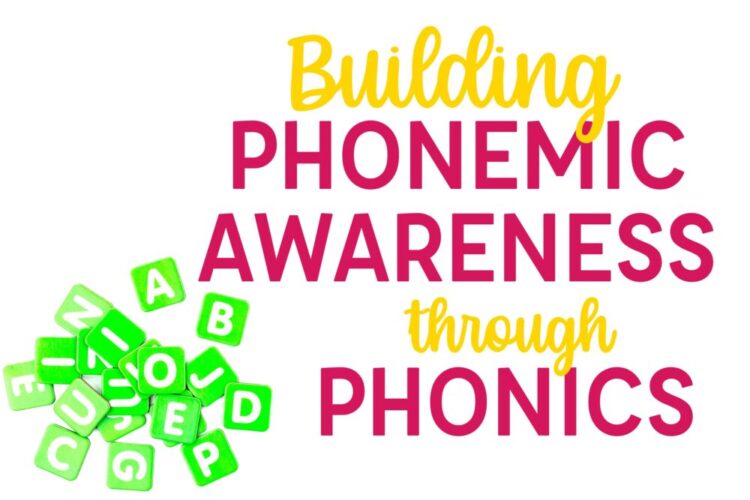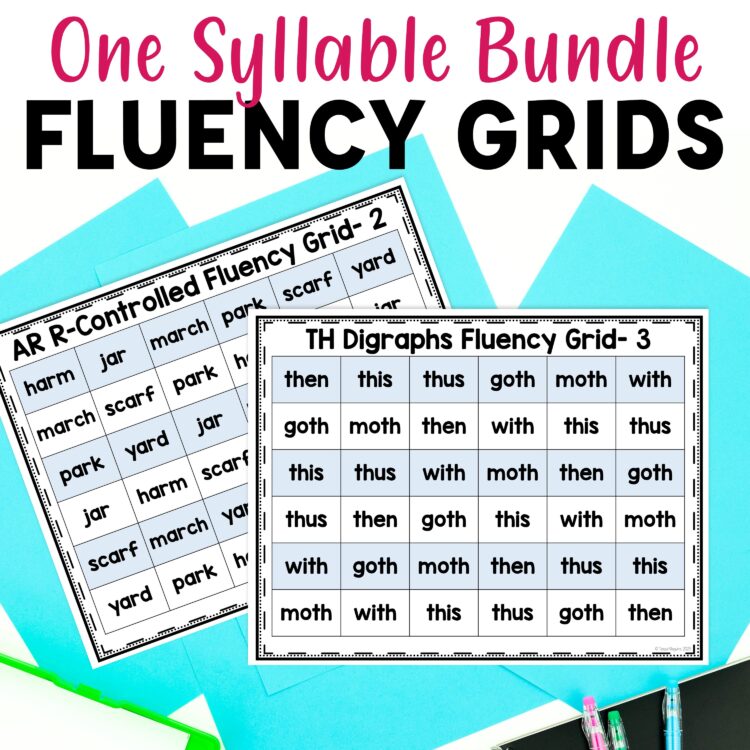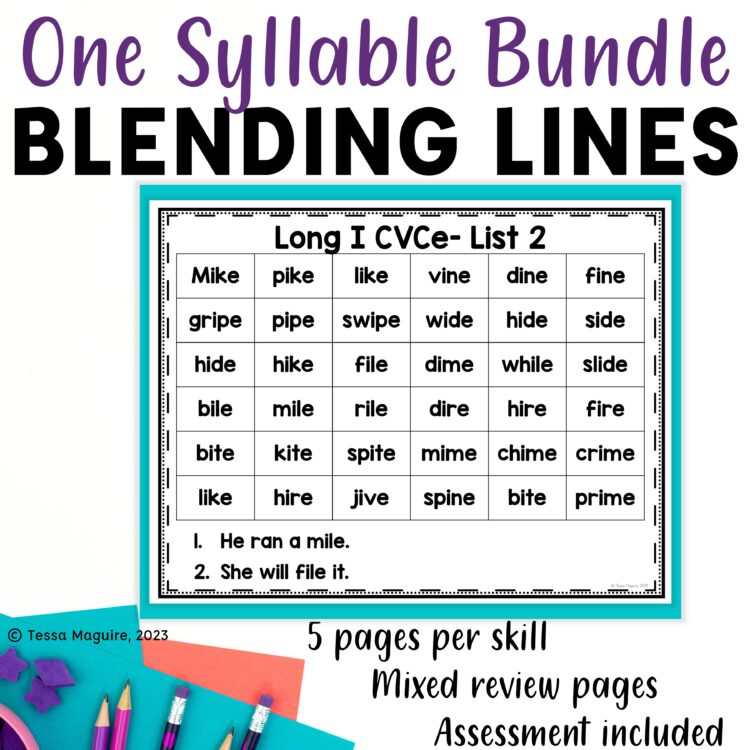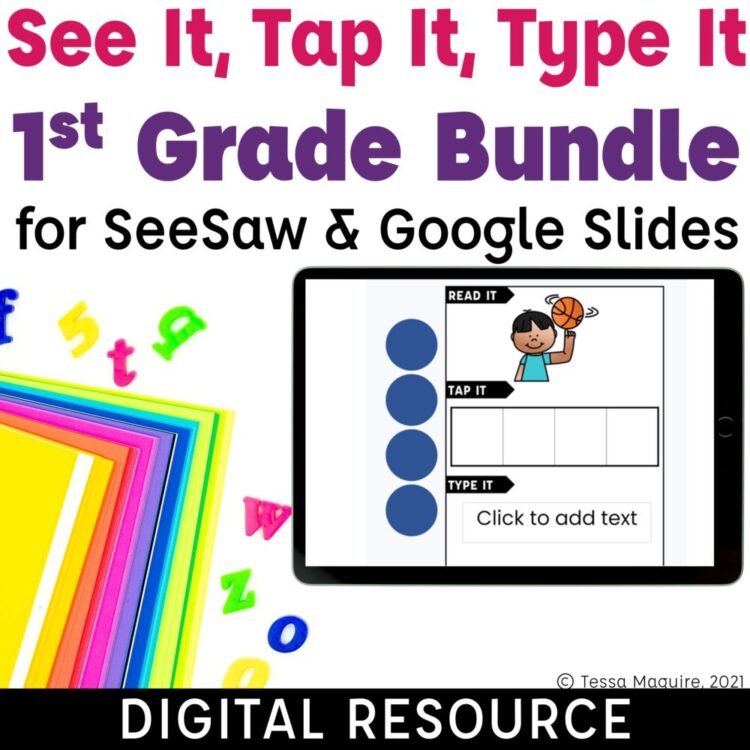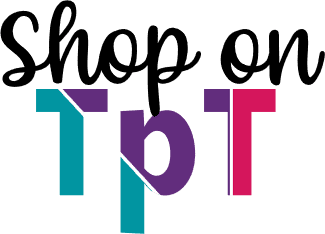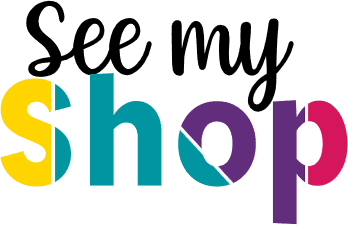© 2024 Tales from Outside the Classroom ● All Rights Reserved
What is Phonemic Awareness?
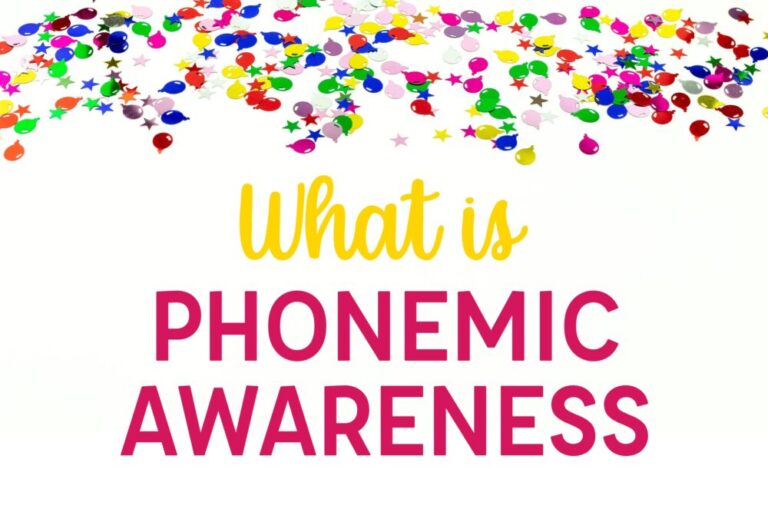
Phonemic awareness is the ability to hear and manipulate the sounds in words. It is the final component of phonological awareness. These two terms are sometimes incorrectly used interchangeably. The important distinction between the two is that phonemic awareness is on the phoneme level. It is under the umbrella of phonological awareness. Thus, a phonemic awareness task is a phonological awareness task but the inverse may not be true.
Let’s start with a few key terms. Phonemes are the sounds used in the English language. There are 44: 24 consonant and 20 vowel sounds. They are made using many (over 280) different graphemes, a written symbol. Graphemes can be single letters or a combination of letters, such as ie, igh, or sh. When phonemes and graphemes are connected, it’s phonics. This chart from Reading Rockets presents the 44 phonemes with their corresponding graphemes. Continuant consonants are just as they sound- consonants that can be elongated. For example, m, s, and n.
Phonemic awareness is critical for applying phonics skills. Students can learn and memorize graphemes, but if they cannot manipulate phonemes, they will struggle in their reading and spelling development. Phonemic awareness also helps students orthographically map words to be added to their long-term memory. It’s through this process that students move through the reading phases and become proficient readers.
Many students are able to develop phonemic awareness through typical word work and phonics practice. For others, those with mild and severe phonological deficiencies, they will be unable to build the necessary skills without explicit instruction or intervention. Students with dyslexia often have significant difficulties with phonemic awareness, sometimes struggle with differentiating between sounds, as well as other phonological processing skills. We need to understand phonemic awareness well to be proficient practitioners for these students.
As an interventionist, my first step in trying to identify an intermediate grade student’s needs was to begin with a phonological awareness assessment. Most often, a student that struggled to decode words, had a deficiency in phonemic awareness, and sometimes, even with earlier phonological awareness skills. Understanding the importance of intentional, explicit, and systematic phonemic awareness is the first step to ensuring all students have the skills they need to become strong readers and writers.
An important note: I first published this post in 2021. Phonemic awareness has been a bit controversial as of late. From guidance on not focusing on phonological awareness at all, especially at K/1, to not doing manipulation tasks (Dr. Susan Brady), I’ve seen a lot of differing thoughts from people/sources I respect. I’m including some links here, that I think are important. They don’t all say the same thing so, as an educator, it can be difficult to parse. With that said, everything I’ve included below, I believe to be based on solid guidance and is supported by classroom and intervention work and I’ve updated the post a bit. I will continue to update it as I see new information to ensure its current with the science. You might also be interested in joining me in my Getting Started with the Science of Reading series.
Teaching Phonemic Awareness in 20203: A Guide for Educators by Ashby, McBride, Naftel, O’Brien, Paulson, Kilpatrick, & Moats
Building Phoneme Awareness: Know What Matters by the International Dyslexia Association (I know Dr. Susan Brady had a hand in this)
Phoneme Awareness Research Updated video by Dr. Susan Brady
A 2020 Perspective on Research Finds on Alphabetics by Dr. Susan Brady
PHONEMIC AWARENESS CONTINUUM

Phonemic awareness is taught concurrently with letter-sound instruction, beginning as early as preschool or kindergarten. As students’ build their phonemic awareness and letter-sound skills, they are able to quickly combine the two for reading and spelling. After focusing on just a few consonants, the addition of a vowel (typically “a”), enables students to immediately begin word building for reading and spelling. Ensuring many continuant consonants are included in initial instruction helps promote phoneme segmenting and blending. “S” and “M” are often two initial consonants in a program’s scope & sequence.
Identifying initial sounds is typically the first piece of phonemic awareness instruction as it is often part of earlier onset-rime work in the phonological awareness continuum. After initial sounds, many students are able to identify final sounds. This is evident in their spelling (“BR” for bear, for example). While the continuum suggestions medial sounds is more difficult than final sounds, in my experience with students, many had more difficulty with final sounds.
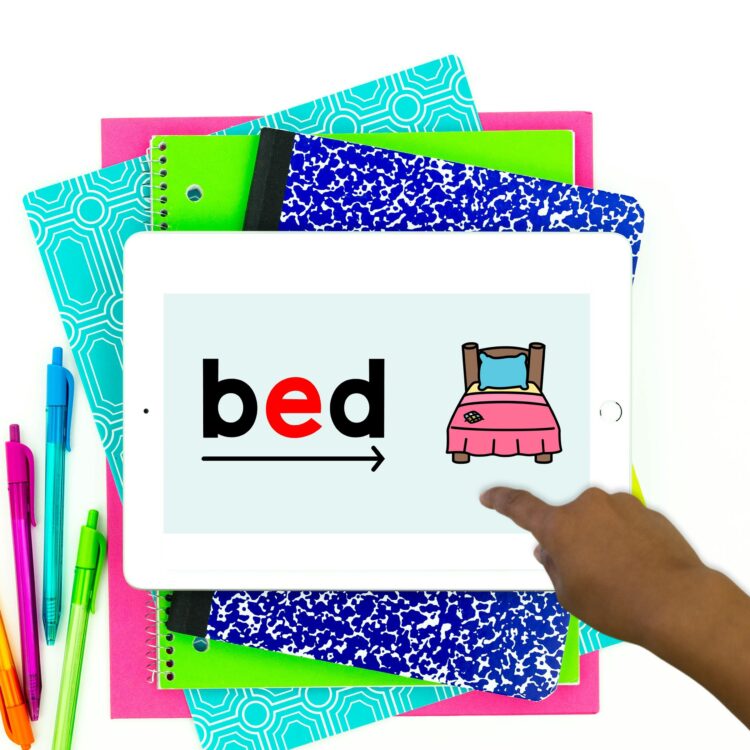
While the skills on the phonemic awareness continuum chart above move from easier to more complex, it’s important to distinguish that many are related and are practiced together. As students are able to identify the different sounds in words (identification), they are able to apply it to segmenting. For some, segmenting seems to come easier than some identification tasks as students can think through each of the sounds in the word, versus targeting just one. Continuant consonants also makes blending easier as students can slide one sound into the next. For some students, segmenting is an easier skill than blending. Segmenting and blending are often done in conjunction with each other, though they are different tasks. Blending practice often comes from segmenting the sounds and then blending them back together. With that said, manipulation can only happen if students are able to identify and segment the individual sounds in words, and can only make the target word by blending those sounds.
Manipulation tasks are the most complex, the most important, and are the best true indicator of a students’ phonemic awareness skills. Phoneme manipulation tasks (deletion, addition, substitution) will only be successful if students’ can identify, blend, and segment phonemes. Manipulation is what allows children to make connections between words, and build automaticity with phonics. By demonstrating the ability to do manipulative phonemic awareness tasks, children are also demonstrating the ability to do some other phonemic awareness tasks. For example, deleting a phoneme indicates the ability to segment the sounds, identify the target sound to eliminate it, and then blend it. Manipulation tasks are often done in the context of phonics, though not always. Changing the /t/ in “mat” to /n/ can be done completely orally, though it is very helpful to have a concrete piece for each sound. According to Kilpatrick, students that are taught explicit phonics and do phoneme manipulation training show stronger growth than those with phonics instruction alone. Note: According to Brady, manipulation tasks may be the result of being a proficient reader, rather than a step towards becoming proficient.
BUILDING PHONEMIC AWARENESS
How do we build phonemic awareness? We do it through our every day work in our phonics groups. As we segment sounds in a word to build it, swap a sound out to make a new word, and blend sounds in a given word to read it, we’re promoting phonemic awareness. It’s through this ongoing, embedded phoneme-grapheme mapping that students’ phonemic awareness skills grow.For some students, their phonological processing is weak and they benefit from continued practice with corrective feedback. Some instructional tips for building phonemic awareness:
Elkonin Boxes are a tried and true resource for phoneme segmenting and blending. Students use a concrete manipulative in each box as they practice breaking apart the sounds in words.
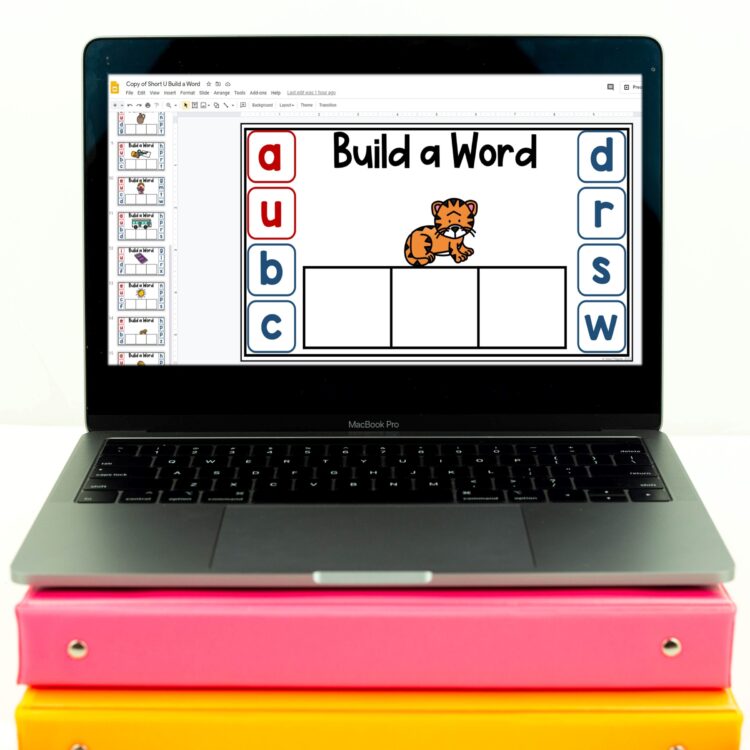
Phoneme segmentation and blending is first done with words with 2 and 3 sounds. Identifying the initial, then final, then medial is the order of difficulty for most students. It is through this work, becoming proficient at segmenting and blending CVC words, that students move from the partial alphabetic to the full alphabetic phase.
Once students build their proficiency, practice continues with words with 4 and then 5 sounds. Separating the sounds in blends is often a tricky sticking point for students. Whether the blend is in the onset or the rime, students often struggle to make the separation in favor of keeping the vowel as the medial sound. “X” and “q” are both letters that represent two phonemes so I avoid those in my initial phonemic awareness work. While it’s important that students learn this, I don’t introduce either letter in our phonemic awareness work until we are applying it with those specific letters while building words.
Some students struggle with blending. They may struggle with phonological processing and have difficulty “holding” the sounds in their heads. For these students, continuous blending and/or Successive Blending may be helpful instructional strategies.
Students also benefit from using concrete tools to help “hold” the separation between sounds. Regular classroom manipulatives are often used as counters with a one-to-one correspondence. Phonemic awareness is also an easy task practiced at home using items at home: pasta pieces, coins, beans, food containers, etc. Elkonin boxes, also referred to as sound boxes, are also often used. The visual component of the box helps students work with each sound as counters are tapped or dragged into each box. Once the sounds have been mapped using the boxes, students can work with the corresponding graphemes to build the words. Reading Rockets has a great, free resource for Elkonin boxes: steps for intervention, words to use, reproducible boxes, and a monitoring sheet.
When providing intervention for phonemic awareness, I’ve often had to incorporate different tools to help guide our work. Colored locking cubes (like Unifix cubes) are a helpful tool as students connect the visual green, yellow, red to help them focus on the specific number of sounds. When working with words with additional sounds, I’ve incorporated a white or blue cube in the middle while keeping green and red as the initial and final phonemes.
I also typically use an arm as a concrete manipulative. Students make a fist with their arm in front of their chest for the first position, then centered, and to the outside for the final. I’ve seen other teachers have success with using shoulder, elbow, and wrist, or just by counting.
For another child that had a particularly difficult time hearing the different sounds in words, we incorporated gross motor, rather than fine motor, movements. We often used the hopscotch board built into the pavement, and used hula hoops to hop the different sounds. I’ve also used a plastic Slinky Jr. (the smaller size fits little hands better) as a manipulative that’s helped my students with blending the sounds in the word. It is especially helpful when practicing continuous sounds and with students that are just beginning to work on segmenting and blending.
Phonemic awareness should include work with letters. While I just gave examples for many concrete tools I’ve used to build phonemic awareness, it’s important that this work also incorporate letters. Students must be able to segment and blend using letters. While I do some activities without letters, and often practice without the letters before building, it’s important that our work include letters. Research has shown that phonemic awareness has a stronger impact when done with letters. But, in my intervention work, I’ve also seen students that struggle to focus on sounds when letters are involved. For some of my students, it became more complicated with letters (trying to remember if it’s a b or a d, for example). For this reason, I have always done some phonemic awareness work without letters, but then incorporate phonemic awareness work into our phonics lessons.
I have a whole post dedicated to phoneme-grapheme mapping activities that promote phoneme-grapheme correspondences. Head on over there to see them all.
ASSESSMENT
Most diagnostic assessments will include an assessment on phonological or phonemic awareness. In my district, that assessment is online and doesn’t give enough data to target specific deficiencies. I’ve also worked in a district where we truly didn’t assess it. In most places, phonological and phonemic awareness assessments aren’t done above 2nd grade, and sometimes not in 2nd. The reasoning is an assumption that students have already mastered those skills. In my experience, however, a good portion of our students that are not fluent readers in higher grades struggle with phonemic awareness tasks. A strong phonemic awareness assessment will help you identify a student’s specific weaknesses to know what to target. For younger students, the assessments helps you to know where to go next. The assessments I’ve linked below I’ve either personally used myself, or are from a source I trust.
![]()
Heggerty Phonemic Awareness Assessments
The PAST Test from David Kilpatrick
Phonological Awareness Assessments from Reading A-Z
I also have developed a spreadsheet, similar to my Phonics Tracking Spreadsheet, to collect and manage data from the Heggerty Phonemic Awareness Assessments. Fill out the form below to sign up to receive it and it will be sent straight to your inbox.
SEND IT TO MY INBOX!
Submitting this form will send the tracking sheet and video tutorial straight to your inbox! I will also send you some information on early literacy as time goes on.
Next step: Confirm!
You should have received an email to confirm your settings. If you don’t see the email right away, search Tales from Outside the Classroom. Then be sure to mark me as a safe sender so you find every email right away!
Once you confirm, the email with your tracking sheet and video tutorial will be on its way!
For more information on phonemic and phonological awareness:
Teaching Phonemic Awareness in 20203: A Guide for Educators by Ashby, McBride, Naftel, O’Brien, Paulson, Kilpatrick, & Moats
Building Phoneme Awareness: Know What Matters by the International Dyslexia Association (I know Dr. Susan Brady had a hand in this)
Phoneme Awareness Research Updated video by Dr. Susan Brady
A 2020 Perspective on Research Finds on Alphabetics by Dr. Susan Brady
Phonological Awareness & Intervention by Dr. David Kilpatrick
Equipped for Reading Success by Dr. David Kilpatrick
Phonemic Awareness in Young Children: A Classroom Curriculum by Marilyn Adams

Newsletter Sign Up
Signup for my weekly-ish newsletter. I send out exclusive freebies, tips and strategies for your classroom, and more!
Please Read!
You have successfully joined our subscriber list. Please look in your e-mail and spam folder for Tales from Outside the Classroom. Often, the confirmation email gets overlooked and you're night signed up until you confirm!

Hi! I’m Tessa!
I’ve spent the last 15 years teaching in 1st, 2nd, and 3rd grades, and working beside elementary classrooms as an instructional coach and resource support. I’m passionate about math, literacy, and finding ways to make teachers’ days easier. I share from my experiences both in and out of the elementary classroom. Read more About Me.









